Paris Poubelle
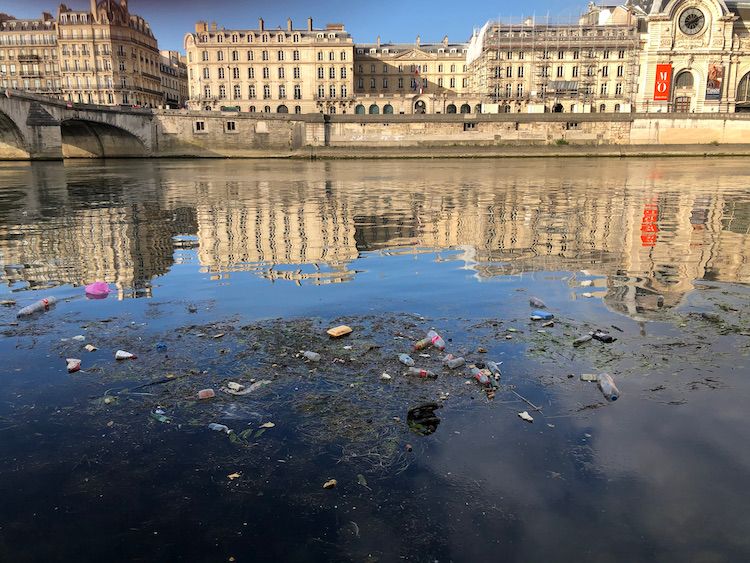
Friday, 19 November
“Paris is a rubbish bin.” Thus spoke Stéphane Bern in a recent front-page interview in the daily newspaper, Le Parisien.
Calling Paris une poubelle made a splash not just because he’s a media personality and President Macron’s guru for France’s cultural heritage. A lot of Parisiens agree with him. In fact, according to a recent poll, 84% of us do. A movement, #SaccageParis, is all a-Twitter. It has over 2 million posts and devotees have held two demonstrations over the last six months demanding that the mayor, Anne Hidalgo, take measures against the detritus and disfigurement, that she focus on something other than her maniacal building of bicycle lanes (okay, I added that last bit).
Monsieur Bern’s cri de coeur certainly resonates; I've already written about several of his gripes.

He doesn't blame the mayor for everything - he claims that they are "almost friends". If Paris is full of crud, he says, the main culprits are the citizens themselves. But the stuff that collects lingers. And what gets chucked into the Seine, for example, by nihilistic Parisiens is not fished out by the municipality but by a residents association called Guppy.
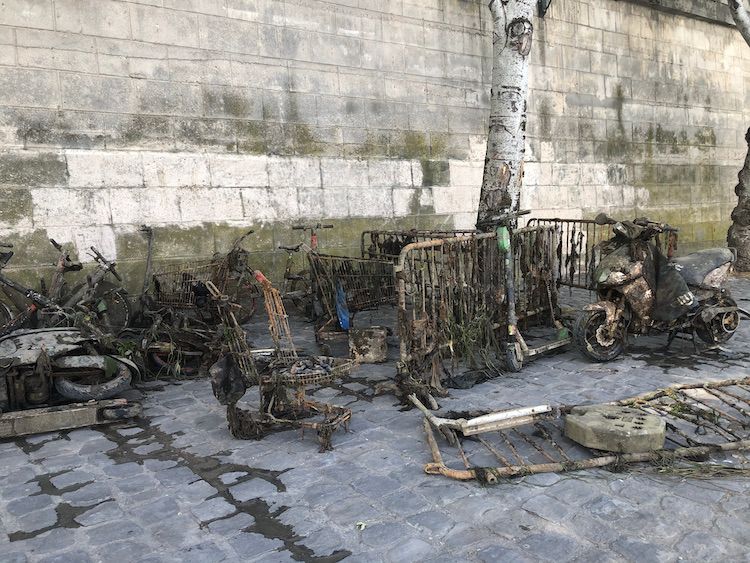
Even beyond the litter, Paris is looking ragged around the edges, what Mr Bern calls a general laisser-aller. I can attest to the multiple potholes he complains about because I navigate them every day on my bicycle. And sights such as this tape job are not infrequent:
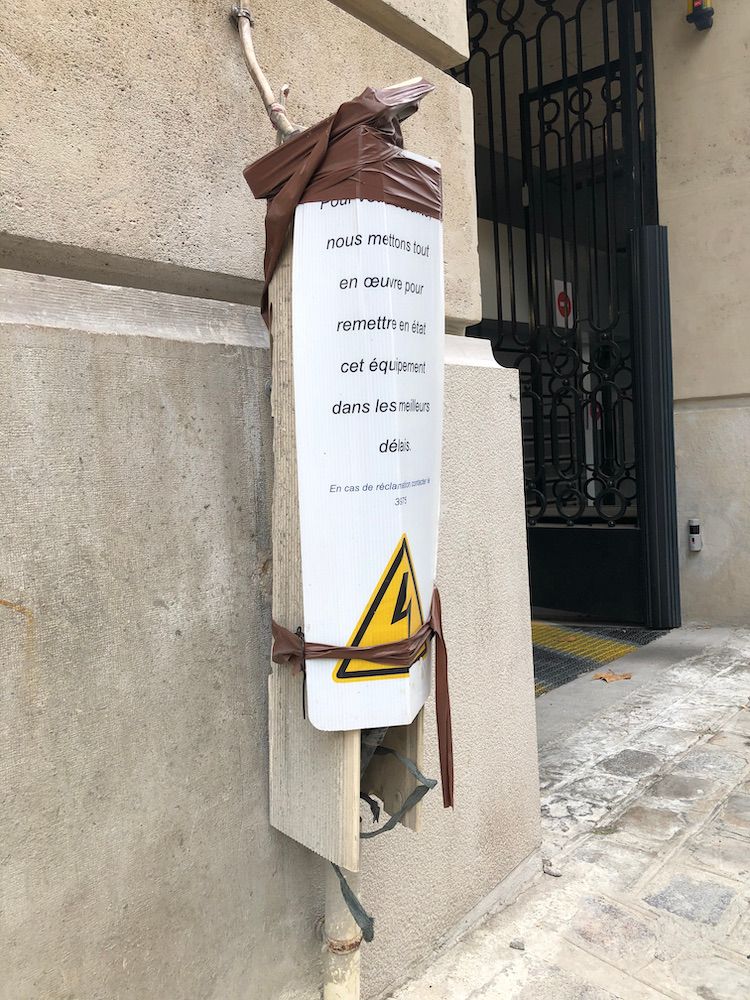
"Where has the City of Light gone?" he asks plaintively. Don't expect an answer from EDF, the electricity company.
A lot of what is making Paris look so tatty are the ubiquitous work sites, both public and private, such as the one I've written about in our courtyard. Crossing it now requires tiptoeing and dodging to avoid cement, mud, vehicles, building material and barriers.
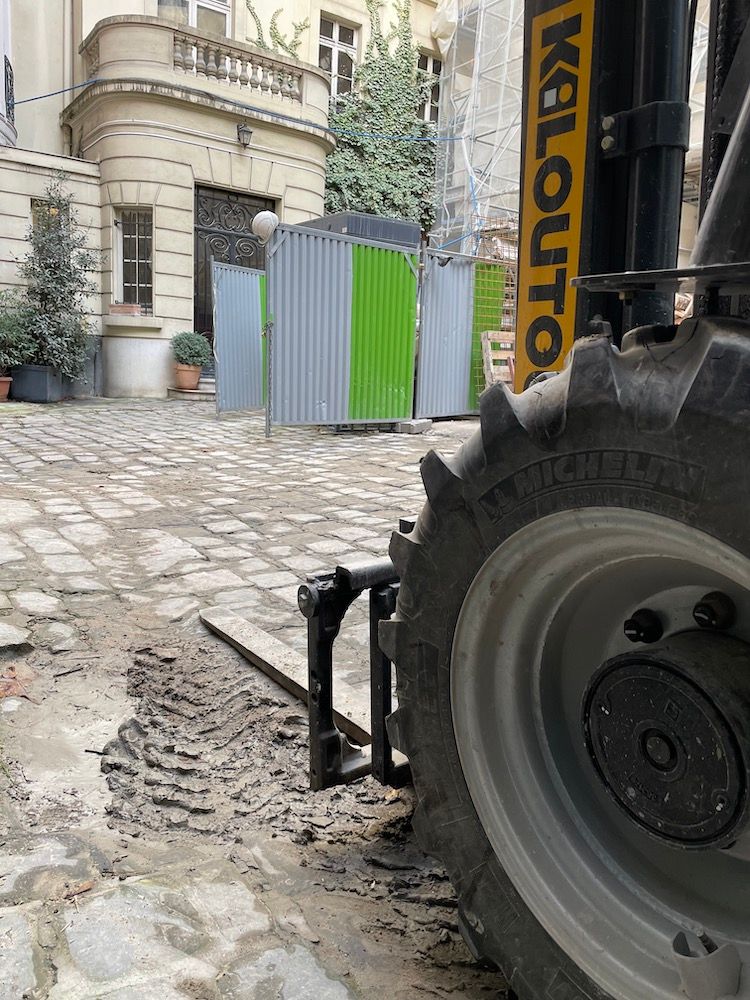
Meanwhile streets are being dug up and barricaded everywhere. You don't need to look far...like right out our front door...
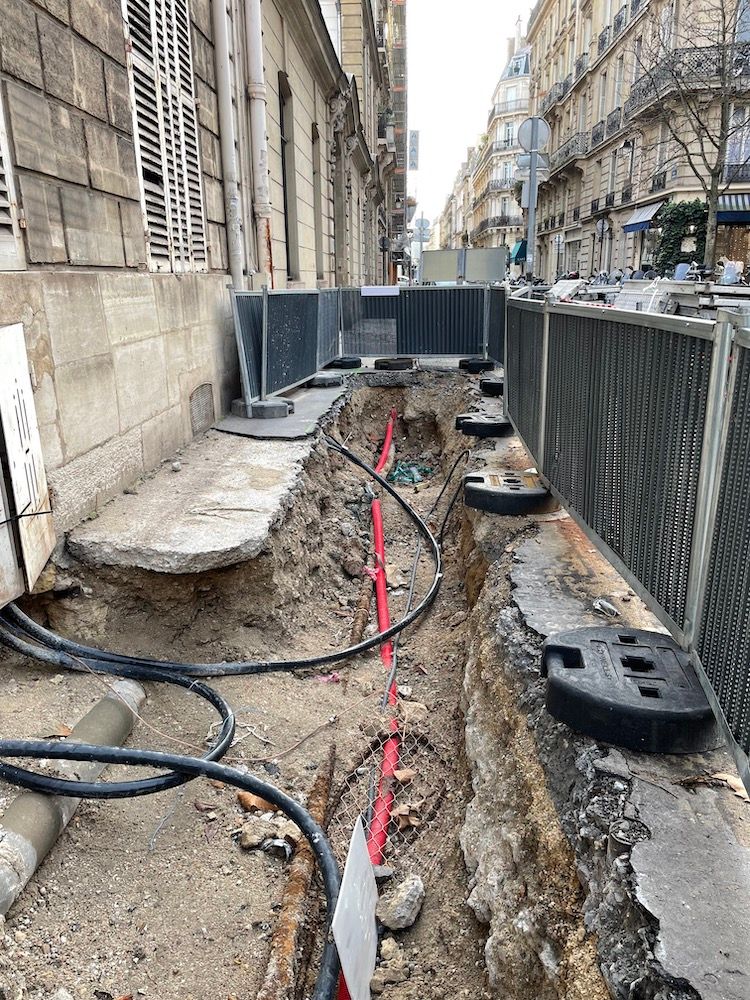
The municipality digs and runs. I haven't seen a worker there in weeks. Other streets are unceremoniously blocked off.
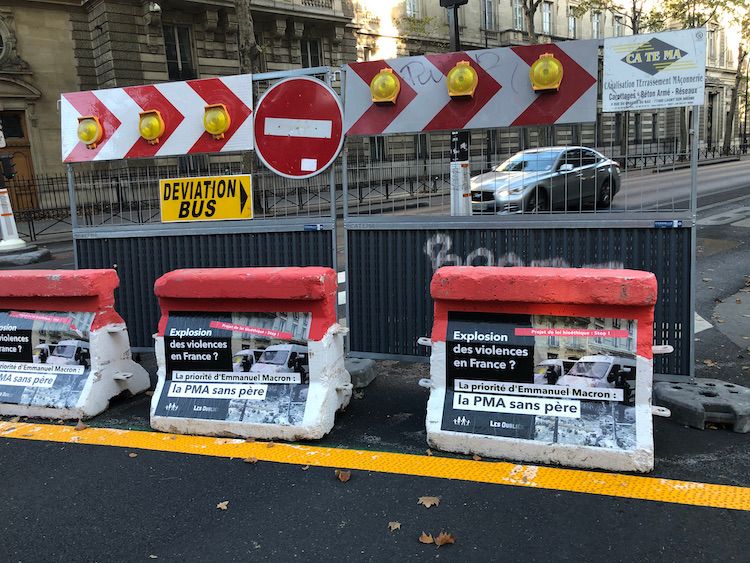
And pedestrians are forced to zigzag their way to their destination.
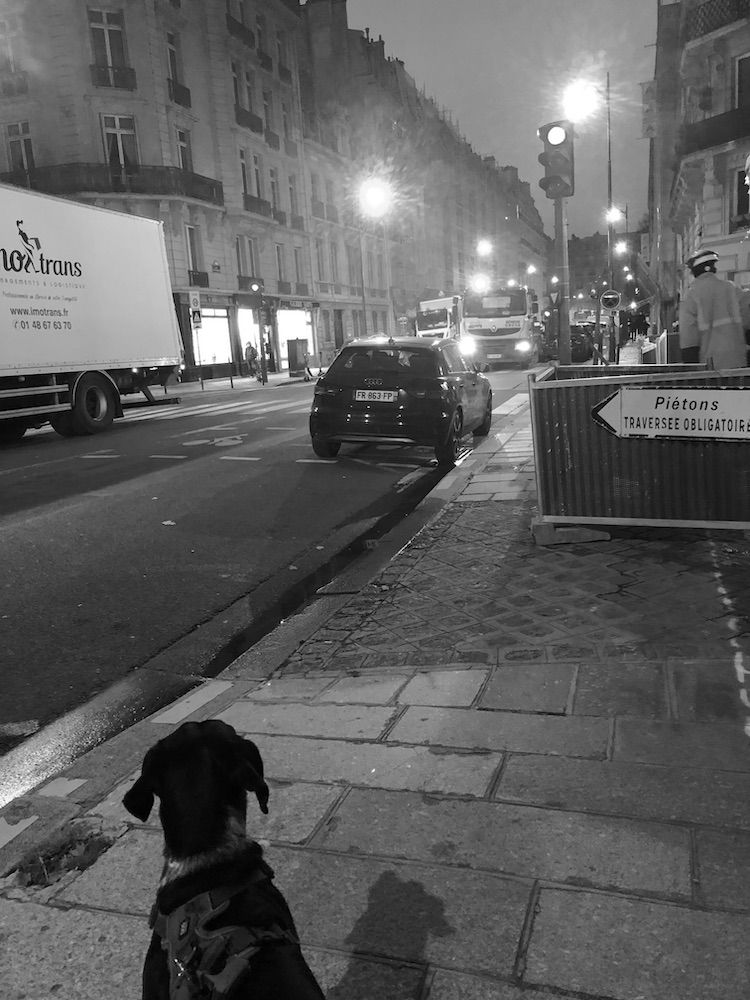
After a while, it attacks the nervous system.
Which brings us to another of Mr Bern's points: the “War of the Wheels” where bicycles, trottinettes, scooters, cars and other wheeled vehicles fight for space, with no respect for The Other and certainly not for their fellow humans on foot. It creates an atmosphere of aggression, anarchy and imminent danger.
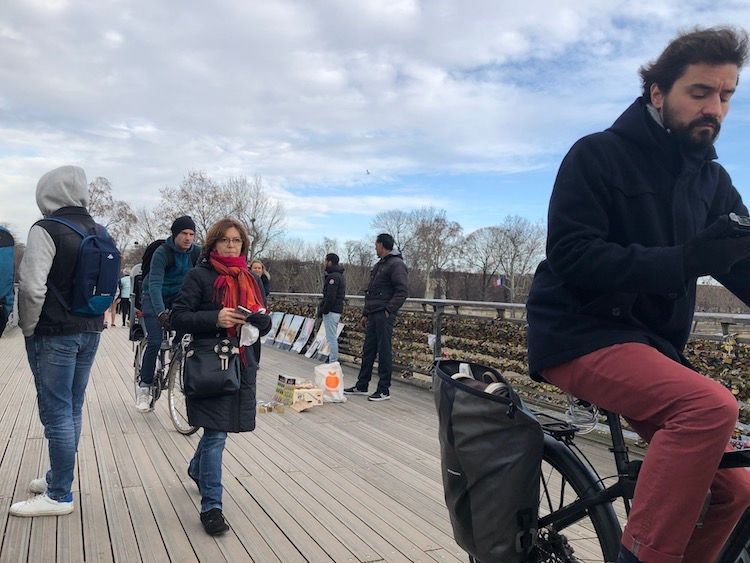
Along with the frenzy of construction and traffic, Mr Bern laments a degradation in aesthetics. Many of the urban "improvements" are ugly, from the new park benches and news kiosks to the fountains at the bottom of the Champs-Elysées, about which he demurs: "C'est quand-même affreux." I have to agree. They are ghastly.
Though they don't hold a tulip to a work he does not mention. Nothing exhibits the creeping ugliness better than the statue Jeff Koons created and gave to the city a few years ago. This vulgar, infantile monster (12m/41ft) is meant to commemorate the Paris terrorist attacks of 13 November 2015. I find its bubble-gum cheeriness an insult to the victims and a blight on the horizon of the otherwise elegant Jardins des Champs-Elysées over which it towers. Honestly it's not worth the pixels on my phone, so here's a photo from the public domain:
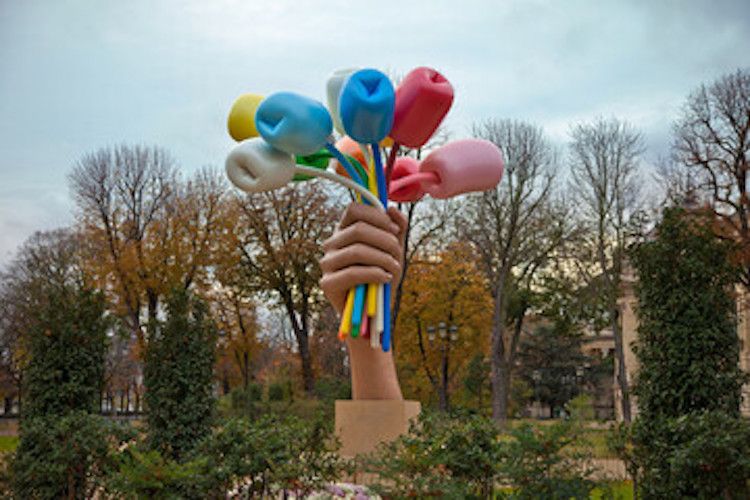
Finally Mr Bern points out that while Madame Hidalgo claims to be greening the city, all the construction means more concrete than ever and thus more trees being cut down. The talk of planting new ones remains mostly that, talk.
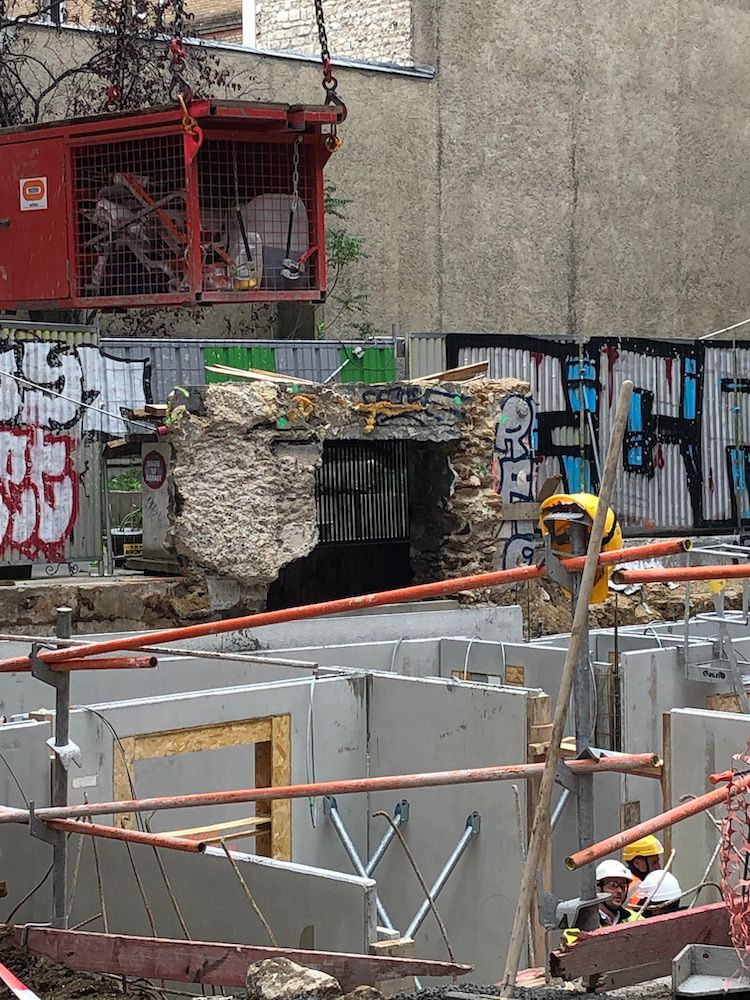
It's not all doom and gloom. Mr Bern can still be émerveillé by Paris, and as you know, dear Readers, so can I.
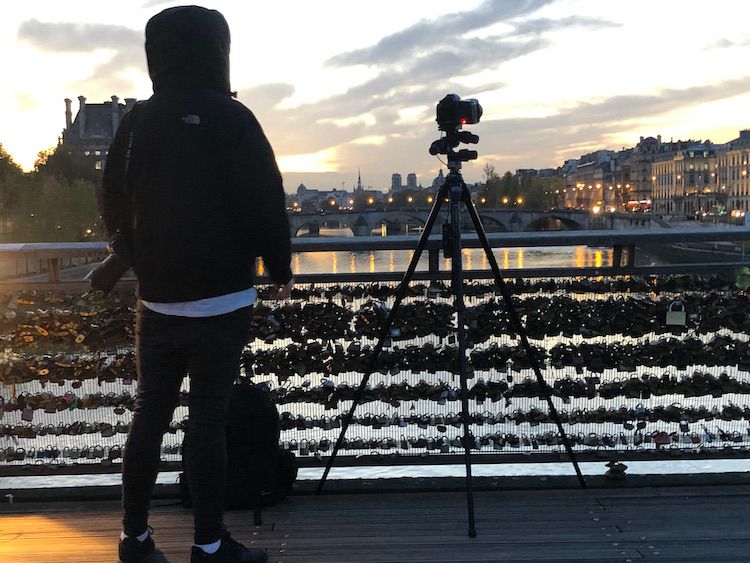
But he's had enough and like so many others in the Covid Era (not us, don't worry!), he is leaving Paris and moving full-time to the country. More precisely, to his house in - where else - the Perche, our beloved region and the place another daily newspaper, Le Monde, recently called the 21st arrondissement of Paris. But that is another story.